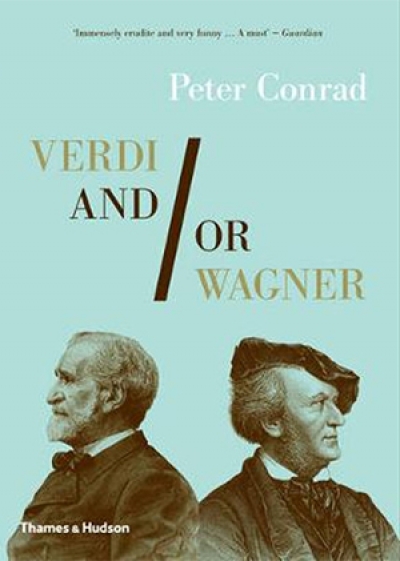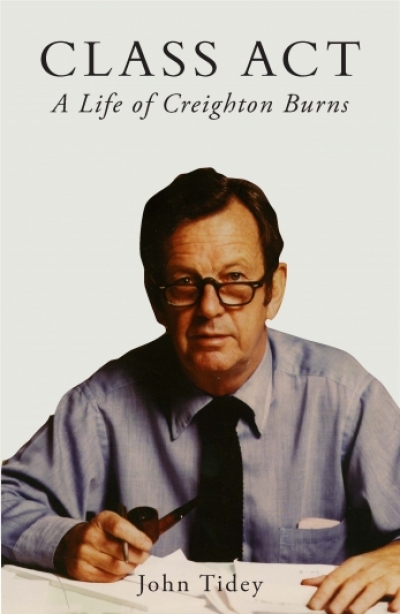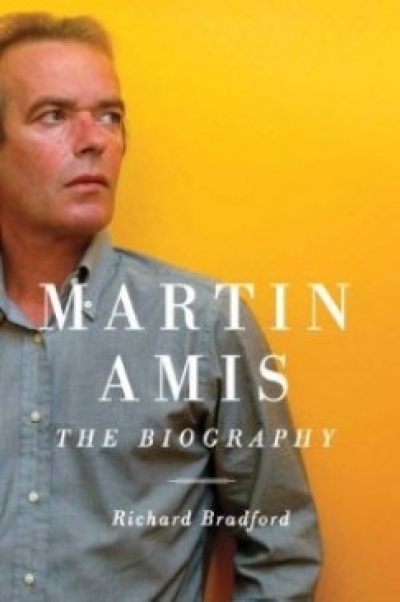Biography
A Difficult Woman: The Challenging Life and Times of Lillian Hellman by Alice Kessler-Harris
Why, Alice Kessler-Harris’s friends kept asking her, are you writing a biography of Lillian Hellman – a good question of one of the world’s leading historians of women and work, who has just stepped down as president of the American Historical Association. If Hellman is remembered at all today, it is as a mediocre playwright, an ugly, foul-mouthed harridan whose luxurious comforts were provided by ill-treated employees, a blind supporter of an evil political system – and, above all, as a liar and thief who appropriated someone else’s life to make her own seem more heroic.
... (read more)Michael O’Connell: The Lost Modernist by Harriet Edquist
So many art books! And too many of them remainder-table compendiums of famous images thinly draped with text. It is refreshing, then, to rediscover an artist who has fallen into the slough that often follows a lifetime flush of reputation, and an art historian tenacious enough to resurrect that artist’s work and milieu.
... (read more)Rich in achievement, the artist and naturalist John William Lewin died in Sydney on 27 August 1819; he was forty-nine. With public funds, a stone was erected over his grave in the city’s new cemetery in Devonshire Street. While the inscription referred to Lewin’s official status as the town coroner, its discursive text lamented the loss ‘to this country of an Eminent Artist in his line of Natural History Painting in which he excelled’. Two years previously, in an official dispatch commending several fine drawings to the secretary of colonies in London, Governor Lachlan Macquarie – the last but most significant of a succession of vice-regal admirers and patrons – had praised ‘the Masterly Hand of Mr Lewin’. Schooled in England in a tradition of generic natural history illustration in which specimens were placed at the centre of a page devoid of all context, in Australia Lewin’s work was transformed by precise observations and an innovative approach to the illustration of natural history that was unprecedented. For him, New South Wales – its landscape, flora, and fauna, its Indigenous inhabitants, its own growth to a settled colony – was literally inspiring.
... (read more)The People Smuggler: The True Story of Ali al Jenabi, the ‘Oskar Schindler of Asia’ by Robin de Crespigny
Do you remember them on the television news? Stumbling down gangplanks onto our shores, with flickering cubes of light instead of heads. Wearing strange clothes and eating stranger food. They harboured terror and disease. They were said to sacrifice their children. How did it come to this?
... (read more)Verdi and/or Wagner by Peter Conrad & Great Wagner Conductors by Jonathan Brown
Two households. Two household names. Verdi and Wagner. To the north of the Alps, Haus Wahnfried, the Wagner compound in the otherwise unremarkable Bavarian town of Bayreuth. To the south of the Alps, Sant’Agata, the Verdi farmhouse outside Busseto, a marshy and little-visited corner of Emilia-Romagna. The respective residences reveal something of their owners’ personalities and priorities. For Giuseppe Verdi, Sant’Agata was a retreat; a place where he could escape from the hubbub of Milan, plant trees, grow vegetables, go fishing, tend livestock, and oversee his tenant farmers. For Richard Wagner, Wahnfried was headquarters of the greater Wagnerian project; a place to compose, write pamphlets, receive visitors, tend to his personality cult, and oversee his band of disciples.
... (read more)If modern politicians rely excessively on pollsters and spin doctors, what should we say of the trust which their medieval and Renaissance predecessors placed in diviners and soothsayers? Among the most famous of these latter practitioners was ‘Dr’ John Dee, born just six years before Henry VIII’s youngest daughter, who availed herself of his services even before she succeeded to the throne as Queen Elizabeth I. Alchemist, antiquary, astrologer, astronomer, geographer, magician, mathematician, political adviser, seer, spirit-raiser, and theorist of empire: the full dimensions and scope of Dee’s omnidisciplinarity are not easily conveyed. Dee moreover inhabited a world ‘saturated with magic [...] not so much a world that we have lost, but more a strange, unfamiliar place that few modern readers can imagine’, to quote his latest biographer.
... (read more)Newspapers, they say, are in the throes of ‘far-reaching structural change’, a euphemism for ‘extinction’ that arouses complacency in the breasts of the e-literate; fury in those of the technophobes. But one only has to take a slightly longer view to realise that the golden age of newspapers, over which Creighton Burns presided as editor of The Age, may have only ever been a transitory phase.
... (read more)I once had a vague fantasy that Martin Amis and I should get married. He was cool and handsome, and we had so much in common. We were about the same age; we had both read English at Oxford. My father worked as a cartoonist at the New Statesman when Martin was literary editor. I was mad about books and writing; Martin, in his early twenties, was already a famous novelist. Perfect match.
... (read more)The ‘good’ biographer always opts for a nuanced portrait, and this is what Peter McPhee has given us in his well-written, reflective, sympathetic account of one of the most enigmatic, complex leaders of the French Revolution, Maximilien Robespierre (1758–94). McPhee had his work cut out for him. Those familiar with the period may come to this book, as I did, with somewhat preconceived ideas. Robespierre conjures up a rather distasteful character, a revolutionary with all the negative connotations that word can conjure: a zealot, cold, calculating, idealistic, paranoid, the prototype of the totalitarian bureaucrat capable of sending friends and colleagues to the guillotine for the ‘cause’. So I was curious as to what McPhee, a leading historian of the French Revolution, made of the man, and how he accounted for Robespierre’s condemnation to death of so many people.
... (read more)William Lawrence Baillieu: Founder of Australia’s Greatest Business Empire by Peter Yule
Although William Baillieu was not the founder of the Baillieu dynasty in Australia – that honour belonged to his father and mother, who produced sixteen children after he jumped ship and settled in Queenscliff – it was through him that the family name became a dominant one among the Melbourne Establishment. Six of the sixteen Baillieu siblings were involved in what Peter Yule describes as Australia’s greatest business empire, centred on the Collins House group. William Baillieu was its founder, builder, and leader.
... (read more)










